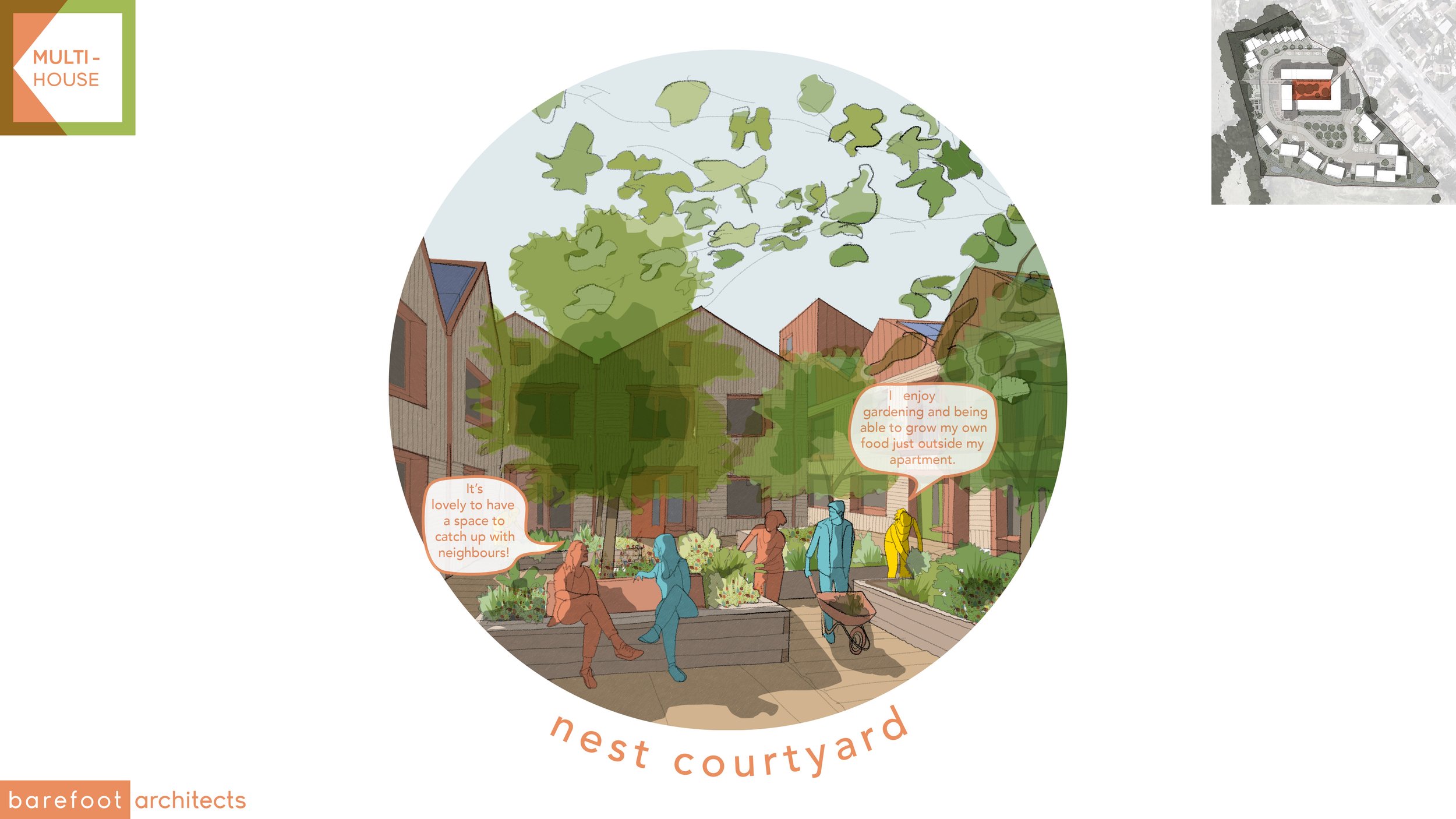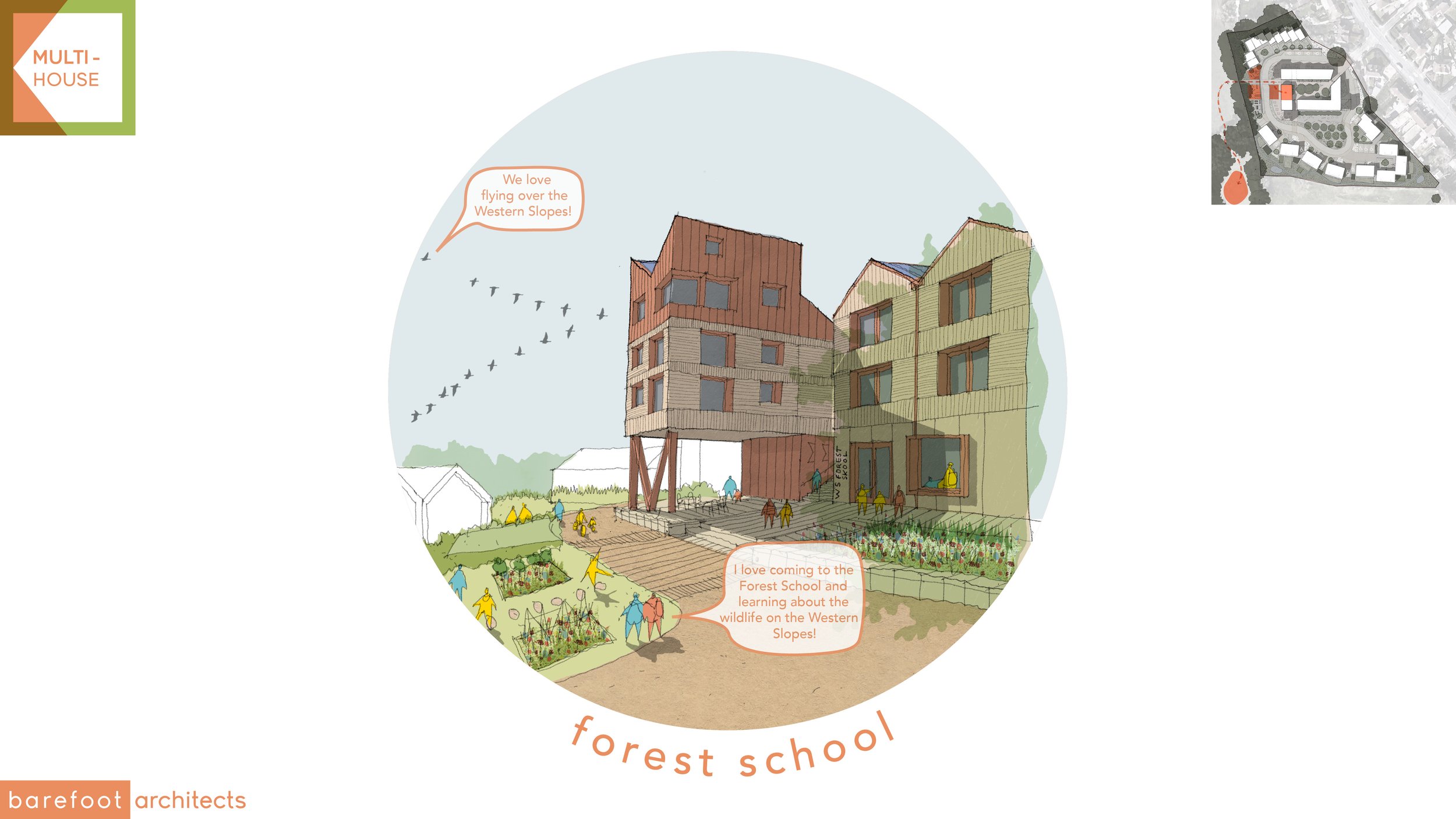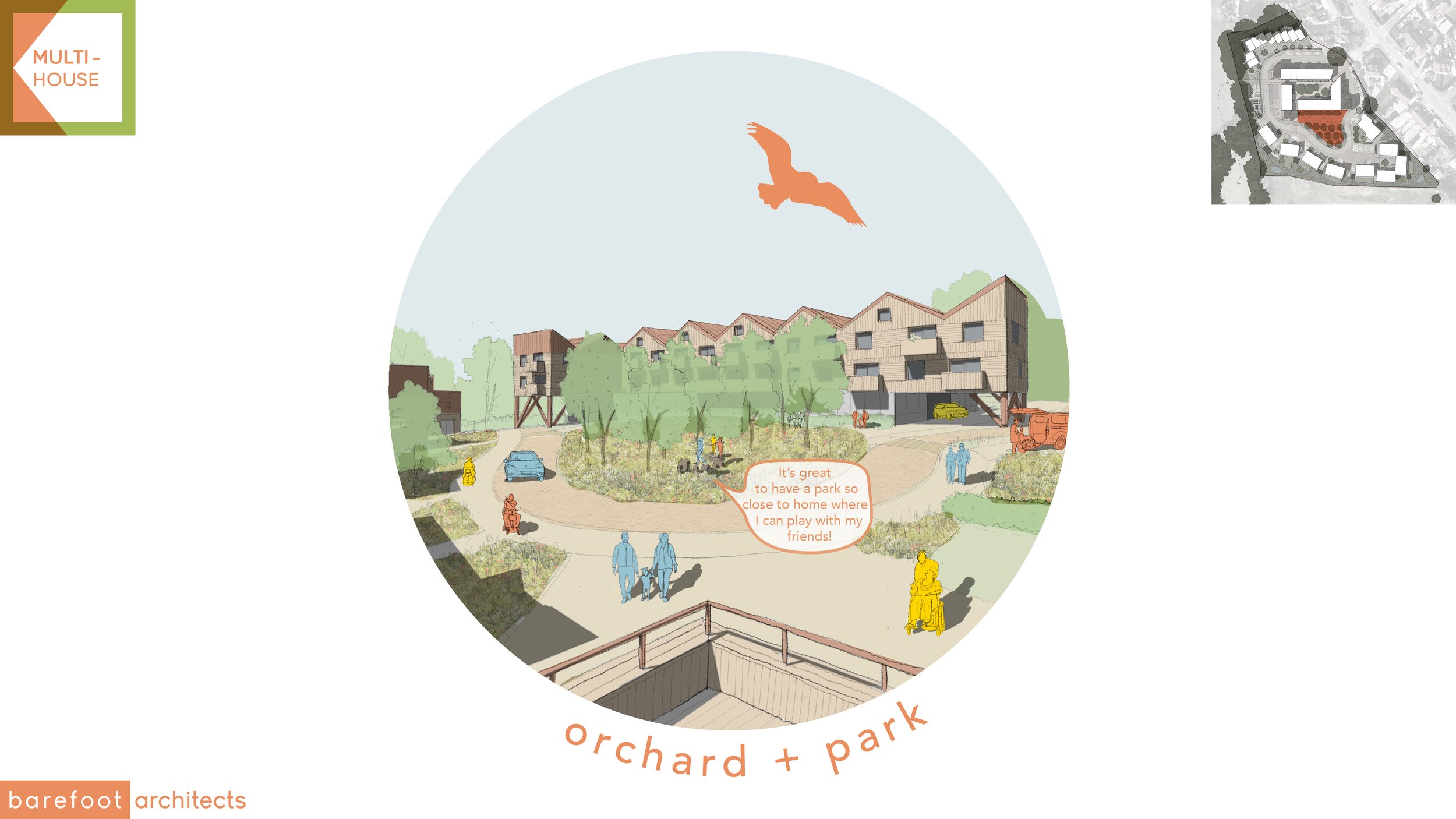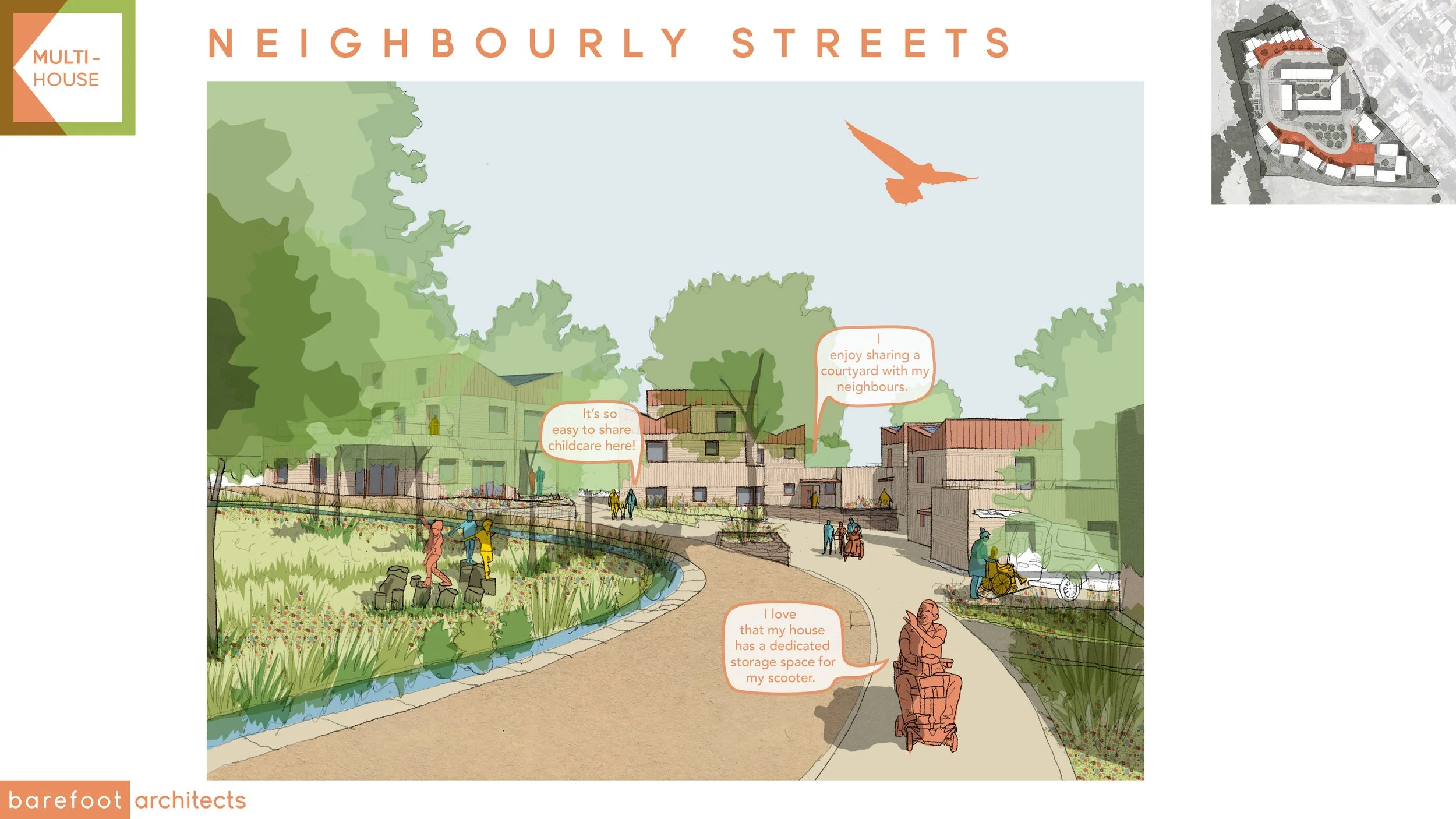designing for biodiversity
HOW to design the landscape for biodiversity
This week we have been reviewing the recently published Maximising-Biodiversity-Through-Design written by Stride Treglown, and taken their tips on how to design for biodiversity, and related them to our recent work on the Novers Hill affordable housing competition in Knowle West - which we were shortlisted for by Goram Homes. Our projects usually seek to take a ‘landscape led’ approach to design - and this means really understanding an site, its pre-existing ecology, habitats, orientation, trees, water courses, and using these as opportunities to inform our design work. We love working collaboratively (see last months posts), with clients and consultants to coordinate brilliant places that enable all of life to thrive! Taken from Strides document, these are the 17 key ideas they describe to consider:
Identify the biodiversity constraints and opportunities early.
Take a landscape and nature-led approach to the site’s design.
Consider tree, plant and grass mixes that maximise biodiversity and climate change resilience. For example, maximising the range of species used and using species that can tolerate drought and flood conditions.
Create strategies to enhance existing biodiversity and to create new habitats in the landscape.
Prioritise retaining and reusing site-sourced soil with minimal disturbance to all soils on site
Incorporate water bodies and Sustainable Drainage Systems (SuDS) into the landscape design.
Take a multidisciplinary approach by involving Ecologists, Planners, Masterplanners, Engineers, and Landscape Architects who can continue to evolve biodiversity in the project’s strategy, vision, and design.
Design-in opportunities for food production and composting
Coordinate with Landscape Architects and Ecologists to retain existing habitats, making them central to the design strategy.
Look for opportunities to enhance biodiversity in the landscape’s infrastructure. For example, green roofs for refuse and cycle stores, or using living willow as a biodiverse alternative to stone, concrete, or sandbags for revetments.
Consider the wide range of animal species that can cope with the urban environment, in addition to species that are legislated for.
Include ecological health in the procurement strategy to help avoid toxic supply chain practices i.e. environmental damage to air, land, water, or soil.
Integrate detailed design strategies for long-term sustainable and diverse land uses (for phased developments integrate sustainable temporary/’meanwhile’ uses). For example, food production, nature gardens, natural play areas, forest schools, and SuDS?
Incorporate biodiversity into play areas.
Make biodiversity design elements integral to the design so that they are less vulnerable to cost reviews or value engineering.
Design well thought through connections and enhancements between green and blue infrastructure elements within the site and with those outside the site. Include these in the design rationale.
With an Ecologist, make a full range of wildlife homes, habitats and movement routes an intrinsic part of the landscape strategy. This could include permeable boundaries for hedgehogs and other creatures to move freely, and routes for a range of species e.g. insects, birds, bats, hedgehogs and reptile

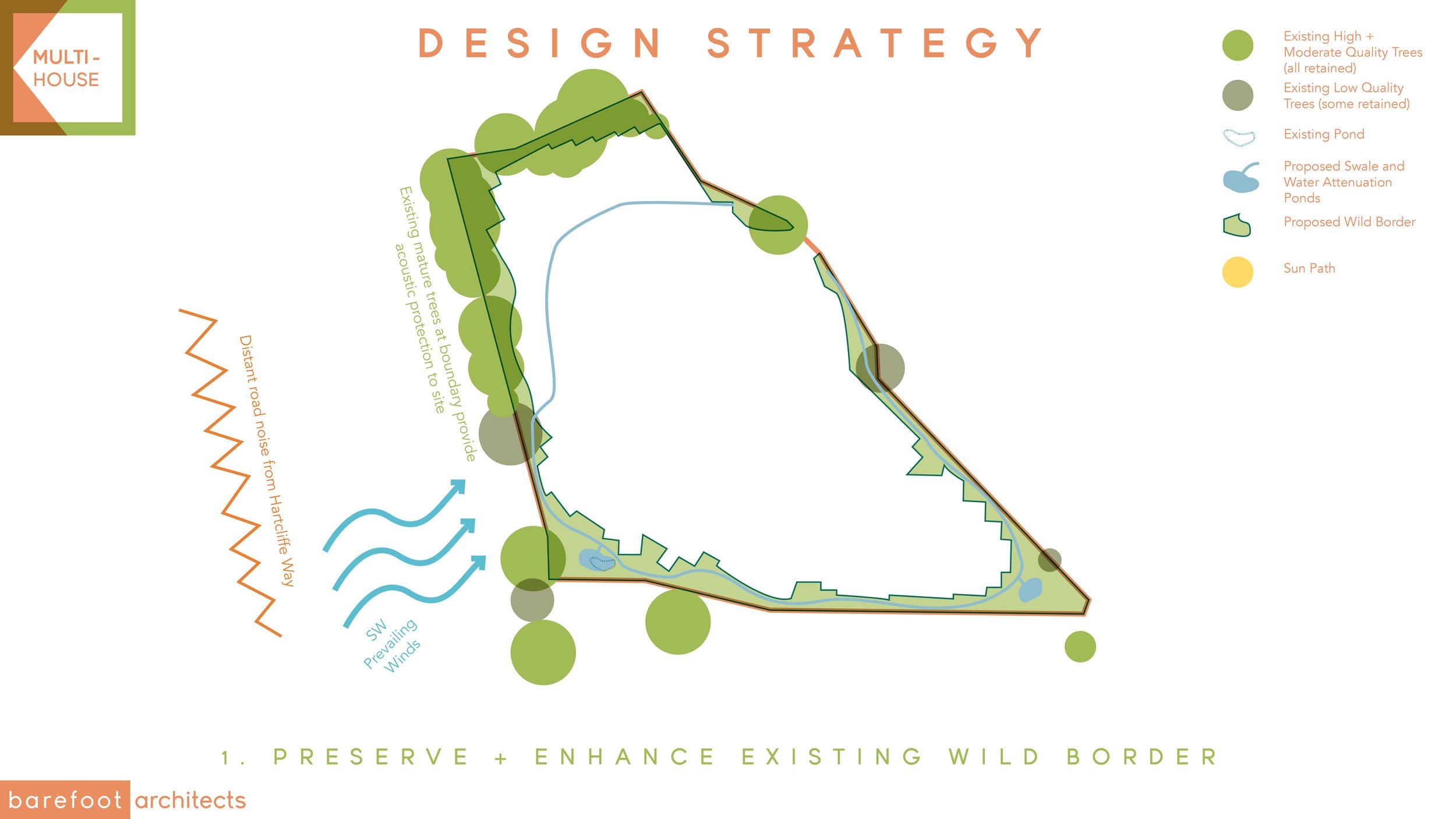
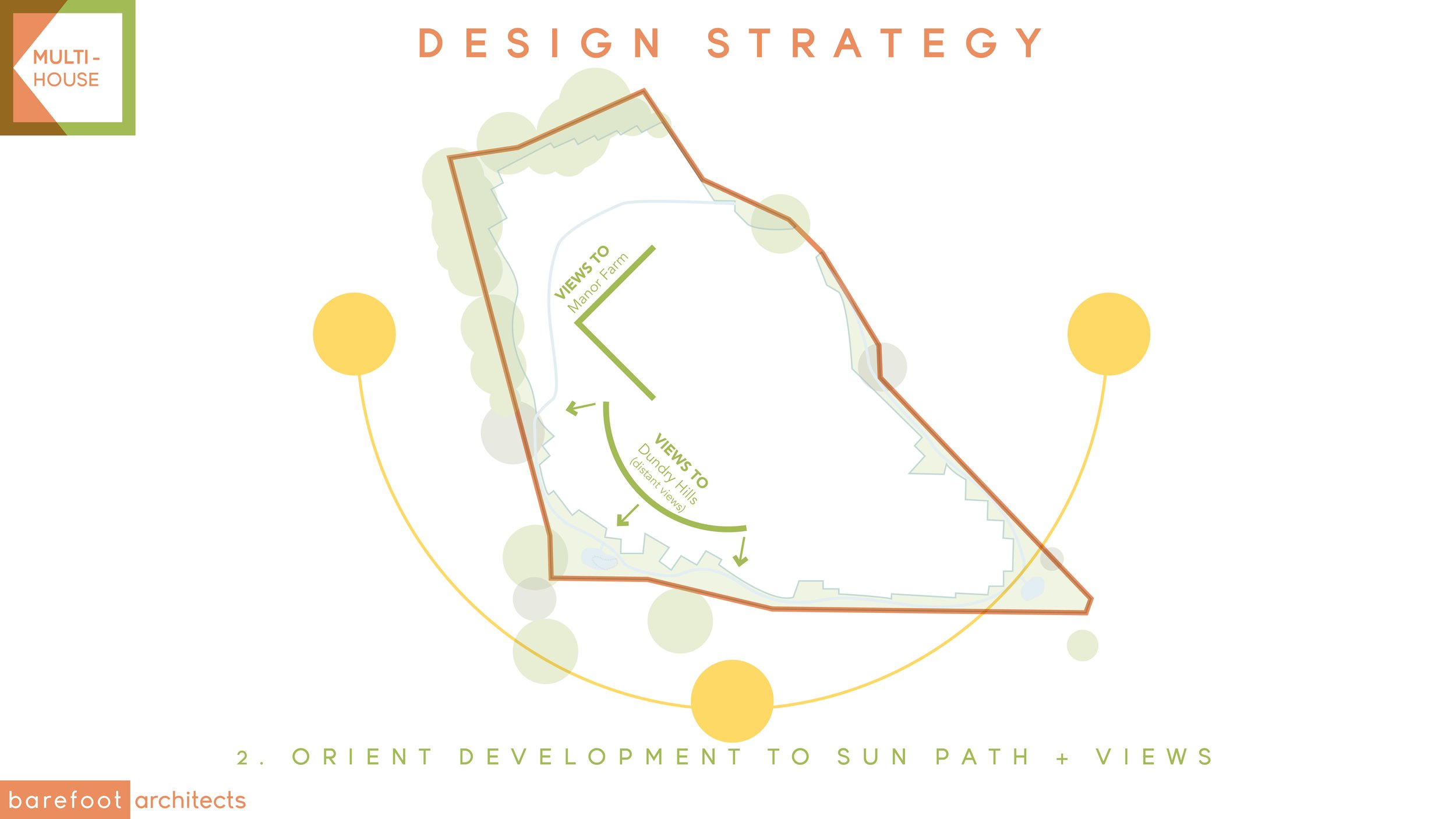
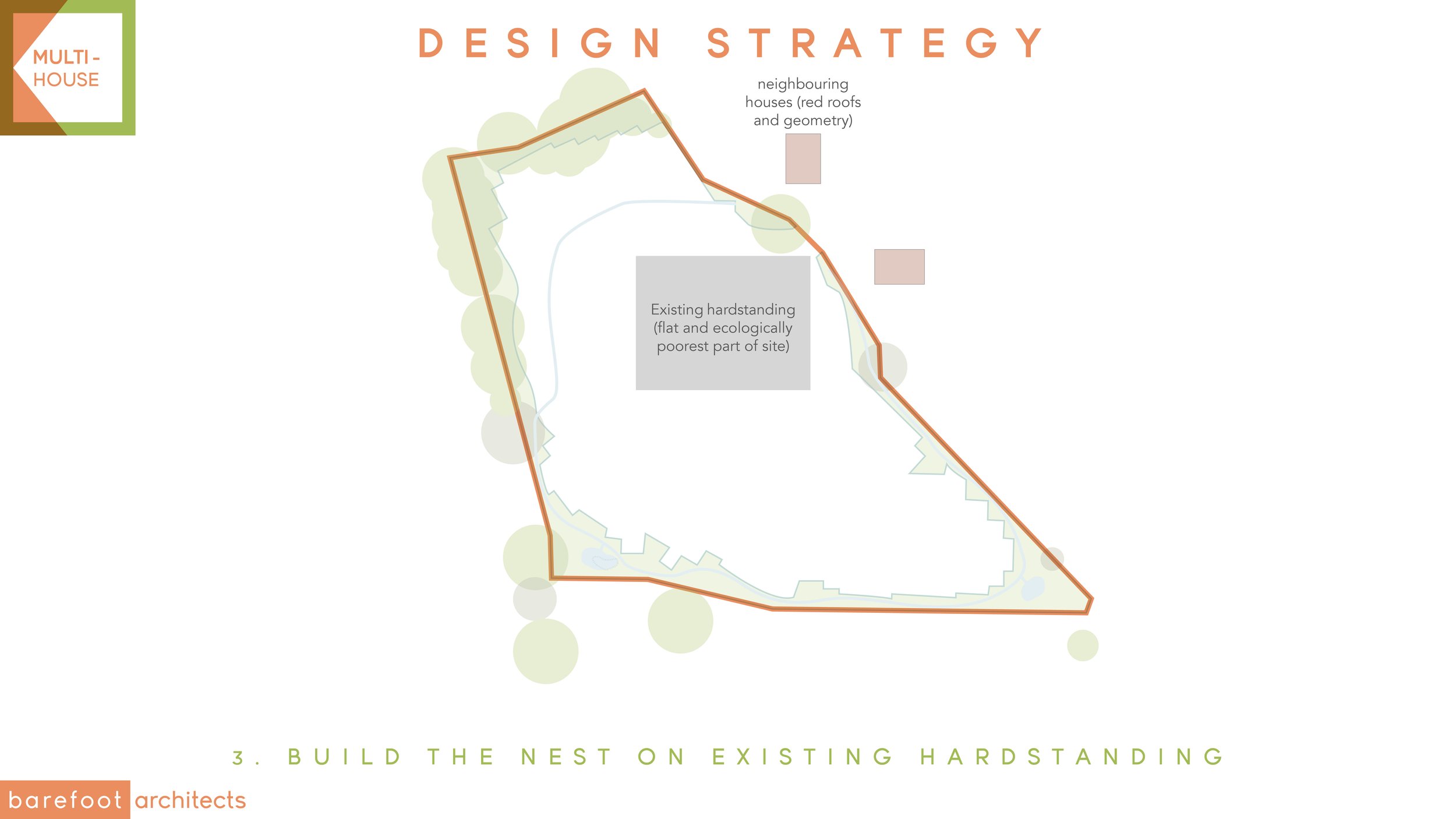
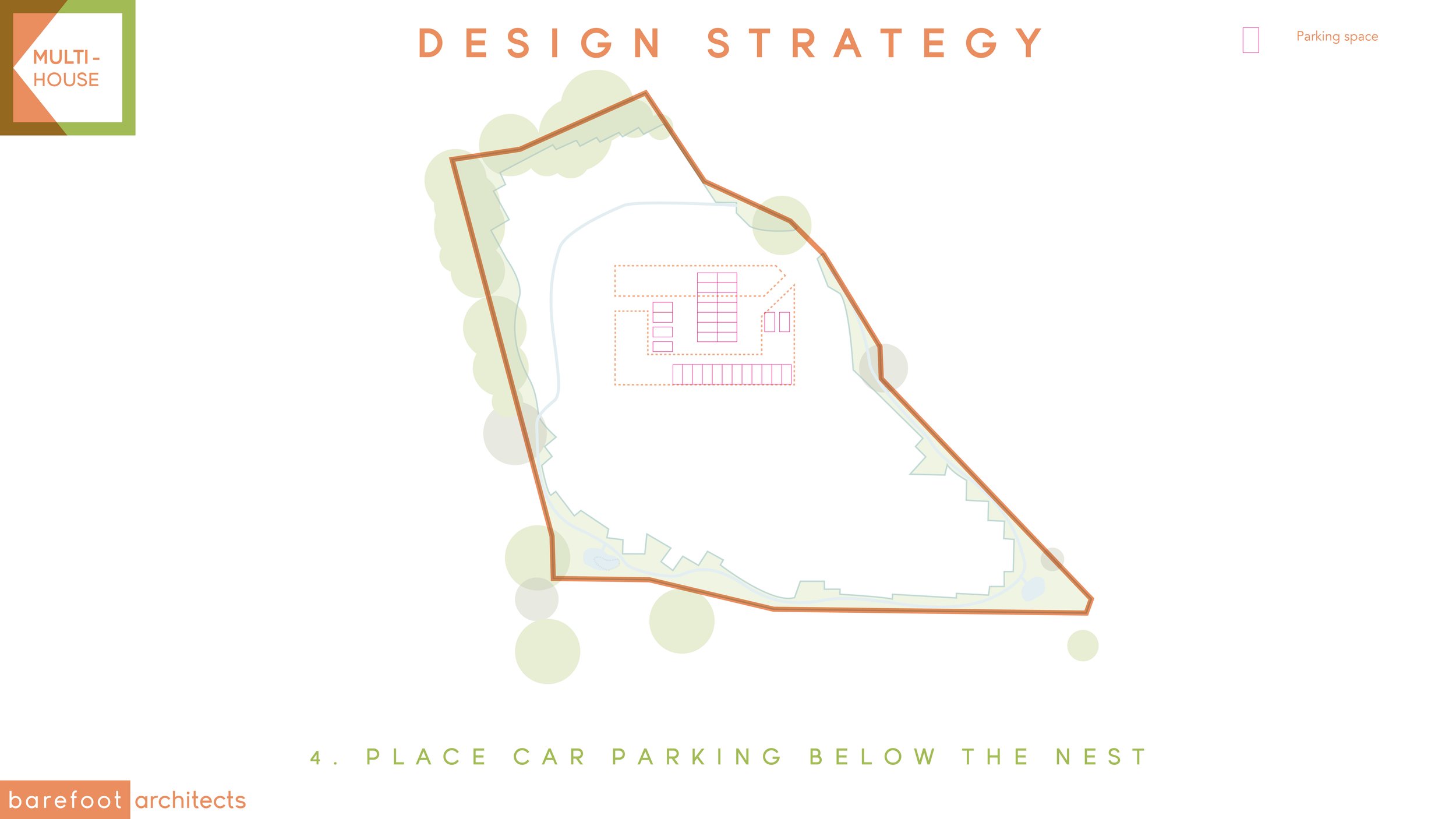
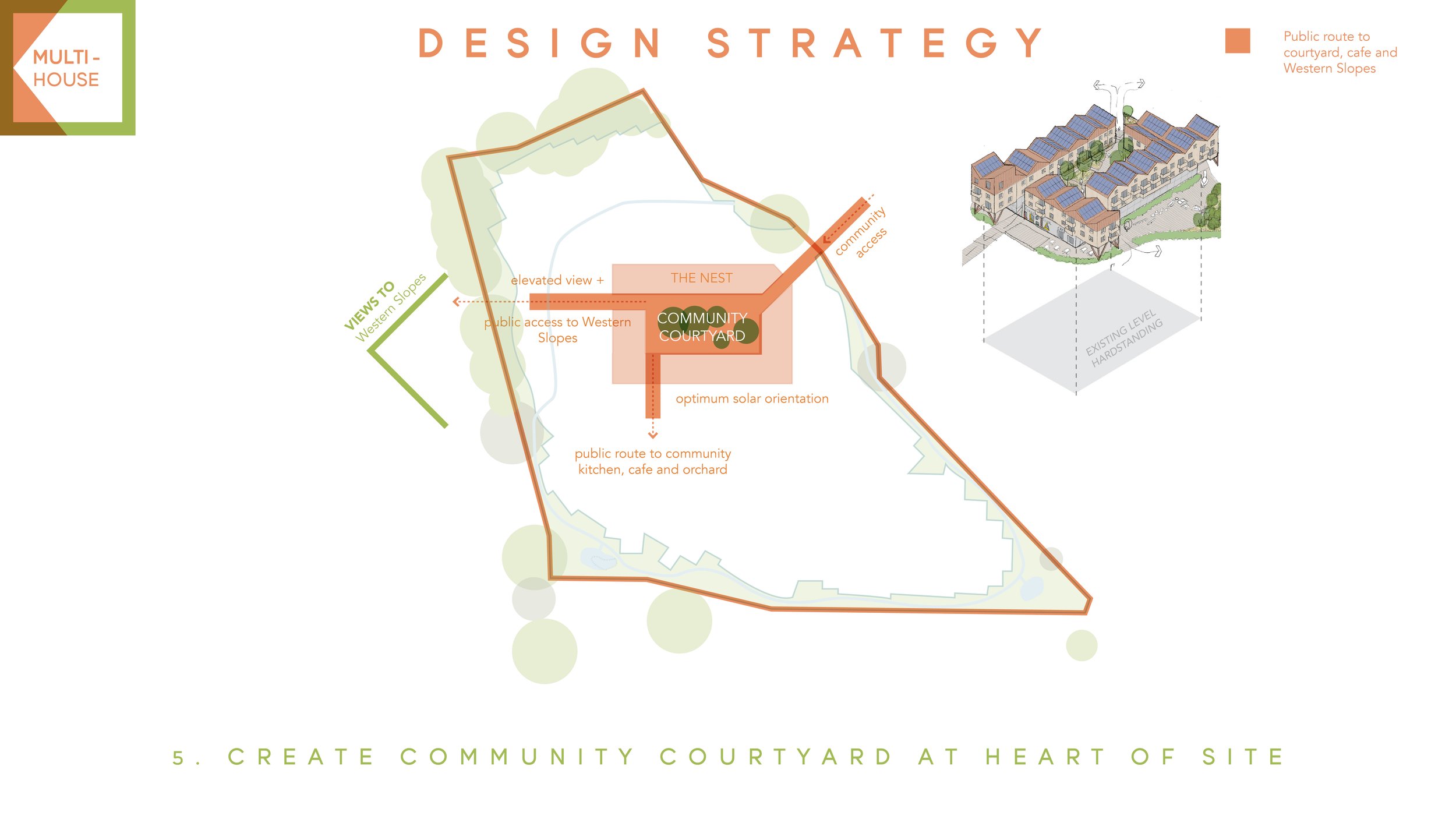
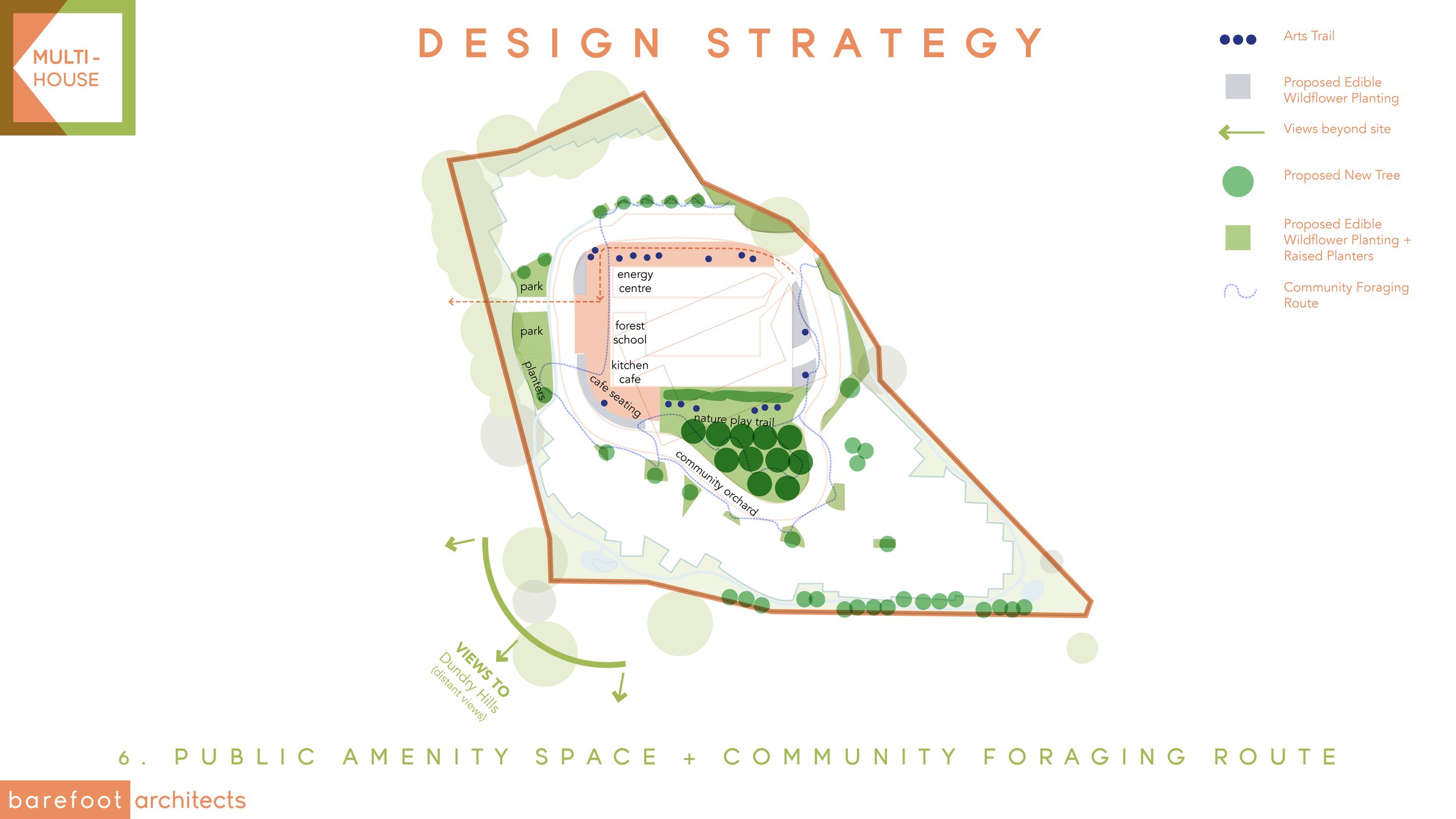

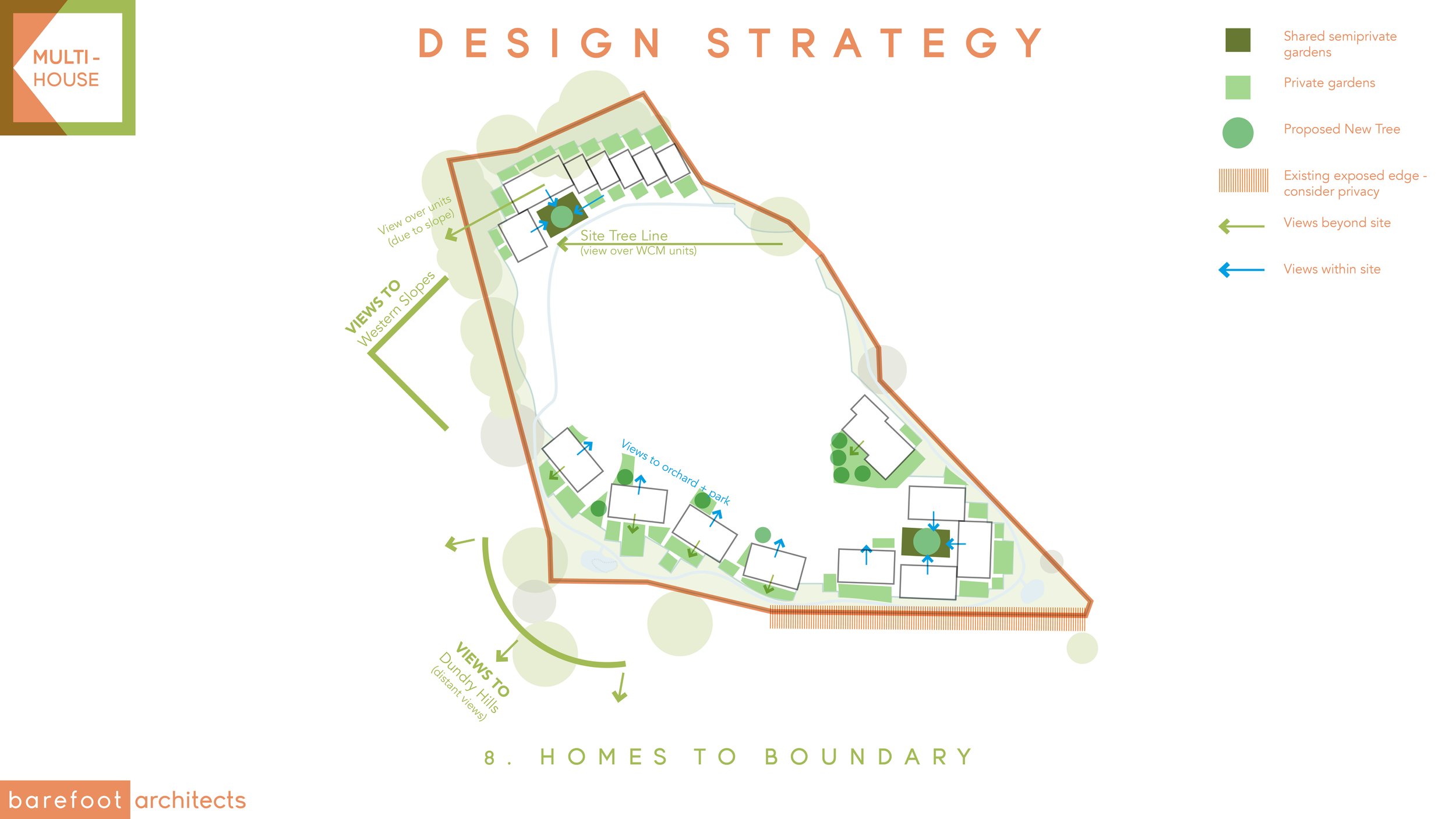
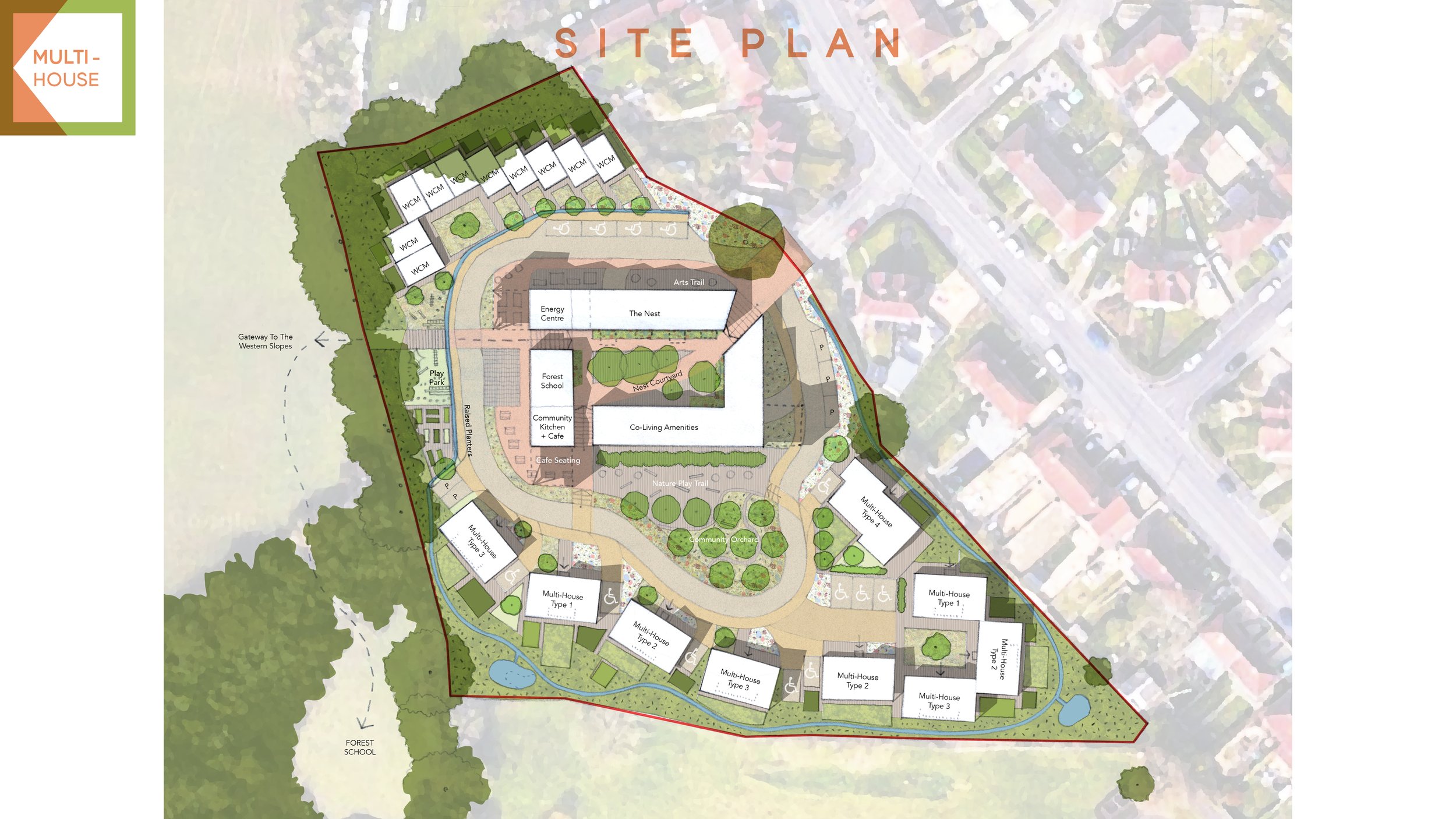
HOW to design the built form for biodiversity
It isn’t just through our landscapes that we can enhance biodiversity - our buildings can work harder to create habitat opportunities for wildlife, water management, and microclimate benefits too. All of these things are ‘win-win’ for wildlife and building occupants! At Novers Hill we explored all of these ideas and more to create homes for people, and the flora and fauna of the place.
Consider the position of the built form in relation to the existing biodiversity and the emerging biodiversity strategy, coordinating with a Landscape Architect and an Ecologist.
Design-in other wildlife friendly features like balcony planting.
In coordination with an Ecologist, consider a full range of wildlife habitats as an intrinsic part of the built form, including biodiverse green roofs, green facades, bee bricks, swift bricks, and other bird and bat nesting boxes.
As default, design all roofs as habitat roofs, e.g. brown or green roofs that are also solar roofs.
Include non-human building users’ needs and safety as part of the overall building design process. For example, bird-friendly building design considerations like using patterned or fritted glass to reduce bird mortality rates.
Incorporate green, wildlife-friendly facades in as many locations as possible in coordination with a Landscape Architect, Ecologist or specialist supplier.


